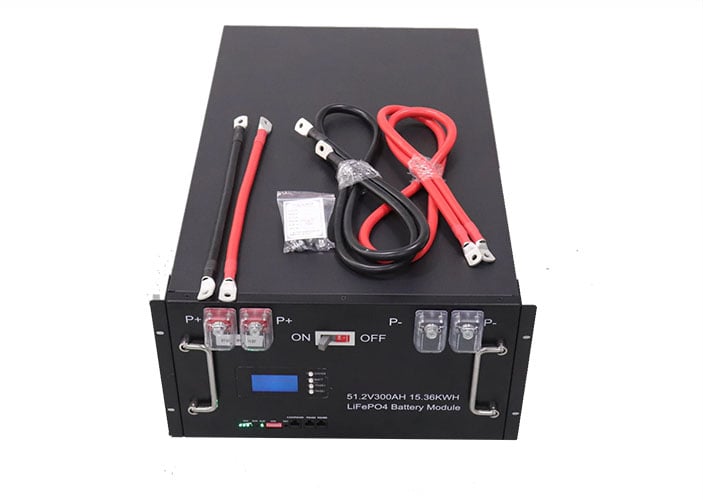How does the charging process differ between LiFePO4 batteries and lead-acid batteries?
The charging process for LiFePO4 batteries and lead-acid batteries is different in several key ways.
LiFePO4 batteries are typically charged using a constant voltage charging method, where the voltage is held at a constant level until the current drops to a certain level. This helps to prevent overcharging and extend the life of the battery.
In contrast, lead-acid batteries are often charged using a constant current charging method, where the current is held at a constant level until the voltage reaches a certain level. This method is less precise and can result in overcharging and shorter battery life.
Additionally, LiFePO4 batteries have a higher charging voltage and require a special charging profile to avoid damaging the cells. Lead-acid batteries have a lower charging voltage and can be charged using a standard charging profile.
It’s also worth noting that LiFePO4 batteries are more tolerant to overcharging compared to lead-acid batteries, and they have a lower risk of sulfation, which is a common problem with lead-acid batteries.
What is the ideal voltage to charge lifepo4?
The ideal voltage to charge a LiFePO4 battery varies depending on the specific battery and the manufacturer’s specifications, but a typical voltage range is between 3.5V to 3.65V per cell. For a 12V LiFePO4 battery, the charging voltage should be between 14v and 14.4v
It’s important to follow the manufacturer’s recommended charging voltage and to use a charger specifically designed for LiFePO4 batteries, as charging a LiFePO4 battery with the wrong voltage or using an inappropriate charger can result in reduced performance and shorter battery life.
LiFePO4 batteries require a multi-stage charging process that includes a constant voltage charge and a topping charge. The constant voltage charge is applied until the current drops to a certain level, at which point a float charge is applied to bring the voltage to the maximum level. The multi-stage charging process helps to prevent overcharging and extend the life of the battery. The float charge is a stage in the charging process for LiFePO4 batteries that occurs after the main constant voltage charge stage. During the float charge, the voltage is held at a slightly lower level than the maximum voltage to prevent overcharging and to ensure that the battery stays fully charged. The float charge serves several purposes. First, it helps to balance the voltage between the cells in the battery, ensuring that all cells are charged to the same level. Second, it helps to prevent overcharging, which can reduce the overall life of the battery. Finally, it helps to maintain the battery in a fully charged state, ready for use when needed.
The exact voltage and duration of the float charge will depend on the specific battery and the manufacturer’s specifications. It’s important to follow the manufacturer’s recommendations to ensure that the battery is charged correctly and to maximize the performance and lifespan.



